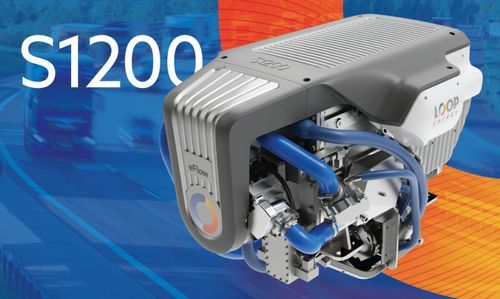Today the U.S. Department of the Treasury and Internal Revenue Service (IRS) released proposed regulations on the Clean Hydrogen Production Credit established by the Inflation Reduction Act (IRA).
A link to the document that will be published in the Federal Register next week is here.
The agencies have taken the so-called three pillars approach for incrementality, temporal matching, and deliverability. These requirements are crucial, the IRS says, for accounting for both existing and new electricity generation from biomass or fossil feedstock, as they inform the lifecycle greenhouse gas (GHG) emissions impact of these sources.
The notice of public rulemaking will be open for public comment for 60 days once it is published in the Federal Register.
The NPRM is supported by a technical paper from DOE that considers how to assess lifecycle greenhouse gas emissions associated with hydrogen production using electricity.
Incrementality:
- The incrementality requirement is met if the Electricity Attribute Certificate (EAC) is related to an electricity generating facility with a Commercial Operation Date (COD) no more than 36 months before the related hydrogen production facility was placed in service. This requirement ensures that the energy production contributing to the EAC is relatively recent and relevant to the current energy market conditions.
- Recognizing the difficulty in identifying specific electricity generators and the times and places for incrementality, the IRS is considering alternative approaches, including a proxy approach. This approach would consider five percent of the hourly generation from minimal-emitting electricity generators (like wind, solar, nuclear) to meet the incrementality requirement, still subject to temporal matching and deliverability requirements.
Temporal Matching:
- The temporal matching requirement generally mandates that the EAC represents electricity generated in the same hour as the hydrogen production facility’s consumption of electricity. A transition rule allows, until January 1, 2028, for EACs representing electricity generated in the same calendar year as the hydrogen production to meet this requirement. This approach aims to address significant indirect emissions from electricity use.
Deliverability:
- The deliverability requirement stipulates that the EAC must represent electricity generated by a source in the same region as the hydrogen production facility. This ensures a reasonable assurance of the electricity’s deliverability to the intended location.
In addition to these specific requirements, the document discusses how these concepts might be applied differently in the context of renewable natural gas (RNG) or biogas, taking into account the different emission sources, markets, tracking methods, and potential incentives.
The IRS and the Treasury Department are actively seeking feedback on these proposed regulations, particularly concerning the practical implementation and verification of these requirements.







